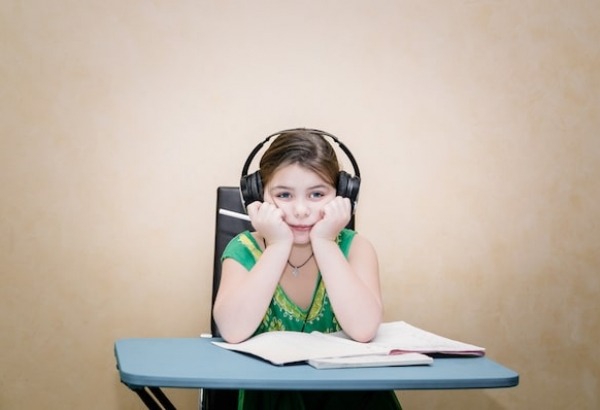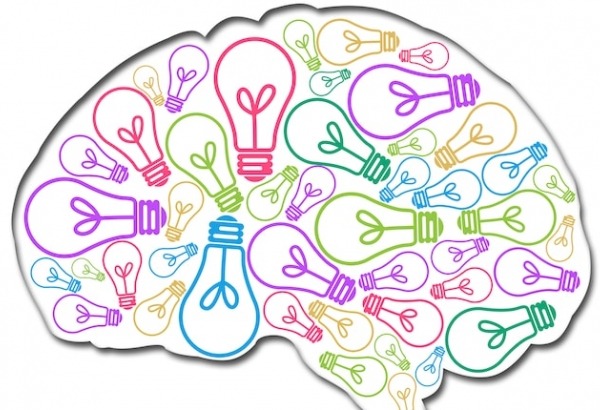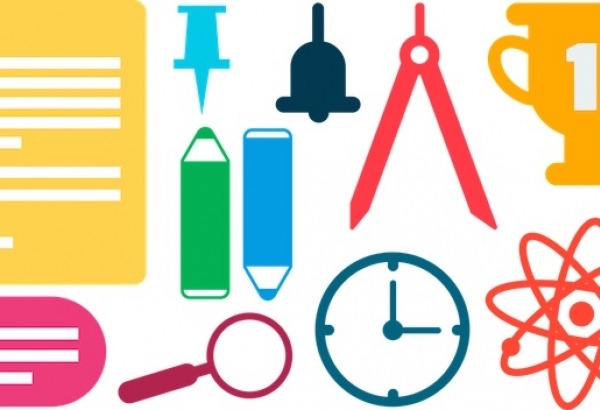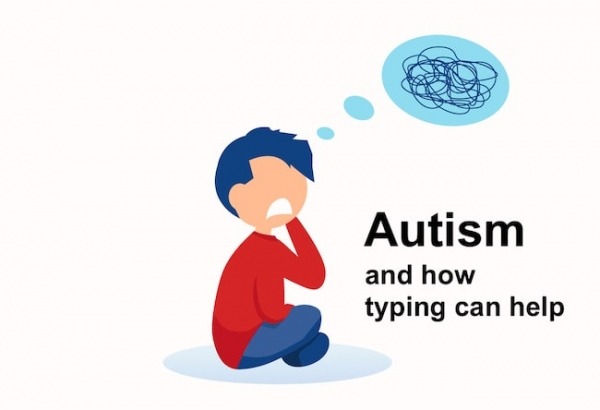What motivates students to learn?

Teachers and parents recognize the power of motivation in enhancing learning outcomes and helping students to achieve their best at school. A motivated student might do his or her homework without being asked to, go above and beyond the requirements of assignments and participate in classroom discussions without being prompted.
More importantly, he or she may be more able to view a bad grade or poor exam result as a learning opportunity instead of as an academic failure. So what motivates students to learn and how can we encourage them?
Students may be motivated by their interest in a topic, their prior success in a specific subject, a desire to please parents or teachers or simply by their own drive to succeed. However, motivation works best when children also have a healthy self-image, are confident in their abilities and know how to take a step-by-step approach to problem solving.
Intrinsic vs. extrinsic motivation
There are two main types of motivation: intrinsic and extrinsic. Intrinsically motivated individuals learn because of a desire that comes from within. Extrinsic motivation is when an outside force is involved in encouraging students to learn.
Whereas adults are more autonomous and can make decisions about what they want to study, children are often forced to learn whatever is in the school curriculum. This can mean they are not always intrinsically motivated to master a specific subject and may rely on extrinsic motivation, including rewards or negative consequences based on performance.
However, there are ways to help foster more intrinsic motivation in kids. See below for a list of ideas for teachers and learn more in our posts on the importance of motivation and motivating kids to read.

Ideas for fostering motivation and engagement
One step at a time
Feeling overwhelmed at school is a common sentiment among students that can cause them to lose motivation, no matter how passionate they are about a topic. While adults tend to be good at seeing the big picture and breaking a task down into logical steps, this skill may not be as intuitive for younger learners.
Teachers can help by doing some of the work for students and structuring assignments in a step-by-step manner.
Revisiting yesterday’s task, introducing today’s lesson and briefly mentioning tomorrow’s, helps kids develop strong planning skills and be more self-efficacious in their learning. It’s also a good way to motivate students to focus on one thing at a time, so they don’t feel overwhelmed.
Let students choose
To the extent that it is possible, allow students some say in what and how they learn.
When you are in control of your learning, you are more invested in the outcome. Many teachers have a set school curriculum they must cover, but there is usually a way to customize lesson content by providing examples and/or anecdotes that both reinforce learning and are of particular interest to students.
It can also be useful to introduce children to a variety of learning styles as they may discover they are more successful taking a visual, auditory or kinesthetic approach. This is particularly true for students who struggle with specific learning difficulties.
Success fosters motivation to learn so the more accommodating teachers can be, the better. To learn more, see our tips for teachers on helping students with dyslexia and dyspraxia in the classroom.
Praise effort over result
Whether or not a student is particularly successful in a task, remind them that trying their hardest is what counts, and praise their efforts. This helps students build healthy self-esteem, so they maintain a positive view of themselves, regardless of how well they do at school.
Children with healthy self-esteem are often more confident in the classroom and more willing to take on new challenges. They may find it easier to embrace their successes and see their failures as performance issues which are separate from their self-worth. Learn more about helping students build self-confidence.
In addition, when teachers concentrate on honing a student’s approach to problem solving and developing their skills vs. completing a particular task successfully, they help students see the big picture and take a more healthy approach to learning. Education is a lifelong pursuit and it’s easier to remain motivated to learn when you understand this.

Focus attention through engagement
Some children have trouble paying attention at school. This may be due to a learning difficulty such as ADHD, or events at home that are causing emotional distress and/or distraction. Telling a student to pay attention is often the least effective way to engage them in the task at hand.
Instead, try free writing assignments or group activities that ask learners to brainstorm personal connections to the material before they begin a lesson. This will make it easier for them to engage with the content and form lasting memories.
You may also ask students to get up from their desks and move around the room or perform some physical task to engage both their minds and bodies in the upcoming lesson.
A multi-sensory approach, such as the one taken by Touch-type Read and Spell, is a great way to learn.
Review progress and set realistic goals
Defining learning milestones based on what a student has already achieved sets them up for success and helps to ensure motivation to learn remains strong. It can also make a big difference in attitude and expectations when teachers, parents and learners sit down together to review past work, chart student progress and set goals for the future.
Having kids keep a journal or folder where they store all of their work makes it easier to do this. It’s also useful to set regular check-in sessions and ask learners how they feel about the progress they are making. In this way they are involved in the decision-making from the beginning.
Remember, no two students will be exactly alike in their approach to learning. If a student is falling behind his or her peers or failing to make adequate progress, it might be useful to bring in a private tutor who can work one-on-one with the individual and provide the direct support that is needed.
Self-directed learning and motivation
In self-directed learning students take an active vs. passive role in managing their time and assessing their own progress. This encourages intrinsic motivation, as there is no outside pressure to perform or meet deadlines.
Students set the pace and decide how much material to cover in each session. A self-directed approach set within the general guidelines of a structured course can be extremely motivating, particularly for students with learning difficulties who often benefit from over-learning.
That’s because it gives individuals the chance to repeat lessons as many times as is needed without the stigma of taking longer than their peers.
While it is not always possible to follow a self-direct approach in a classroom context, it may be easier to achieve outside of regular school hours. Some school districts offer access to self-directed courses, including touch-typing programs like TTRS.
Additional support
If a student has had a negative experience with school in the past, it can be harder for teachers to motivate them.
Some educators find it useful to introduce a new platform for learning, one that teaches an independent skill but still supports reading, writing and spelling abilities.
Touch-type Read and Spell is a self-directed program that teaches typing with additional support for literacy skills. It involves seeing, hearing and typing words and sentences that strengthen phonics knowledge in English.
TTRS is effective because students don't realize they are learning anything other than computer skills. However, as they begin to type, muscle memory in the hands comes in to help with spelling.
As they see their typing skills improve, so does their spelling. This can be very motivating!
Moreover, the TTRS program has been successfully used for students who struggle with specific learning difficulties. In fact, it was developed to help learners with dyslexia, dyspraxia, dysgraphia, and ADHD.
The step-by-step approach and the positive feedback that is built into the course ensure success and help students build motivation. TTRS is also a useful tool for improving self-esteem and self-confidence at school.
Do you have any tips to share on motivating students to learn? Send us an email and join the discussion!
For teachers
TTRS is a program designed to support educators in teaching students touch-typing, with additional emphasis on reading and spelling.
Chris Freeman
TTRS has a solution for you
An award-winning, multi-sensory course that teaches typing, reading and spelling

How does TTRS work?
Developed in line with language and education research
Teaches typing using a multi-sensory approach
The course is modular in design and easy to navigate
Includes school and personal interest subjects
Positive feedback and positive reinforcement
Reporting features help you monitor usage and progress














